I often walk around Kazimierz, but I still don't know many of its nooks and crannies. At the beginning, I want to show you the place I discovered only in February this year. I found it by accident, walking around with no purpose.
That day my legs carried me towards the Vistula River, taking me away from the former Jewish quarter's most popular attractions. That's how I ended up on Skałeczna Street, which momentarily transported me to another dimension.
Two weeks ago, I visited the place for the second time and had the same impressions as at the first meeting - I magically found myself in a different era. Here I can calm down and distance myself from the world and its modern problems.
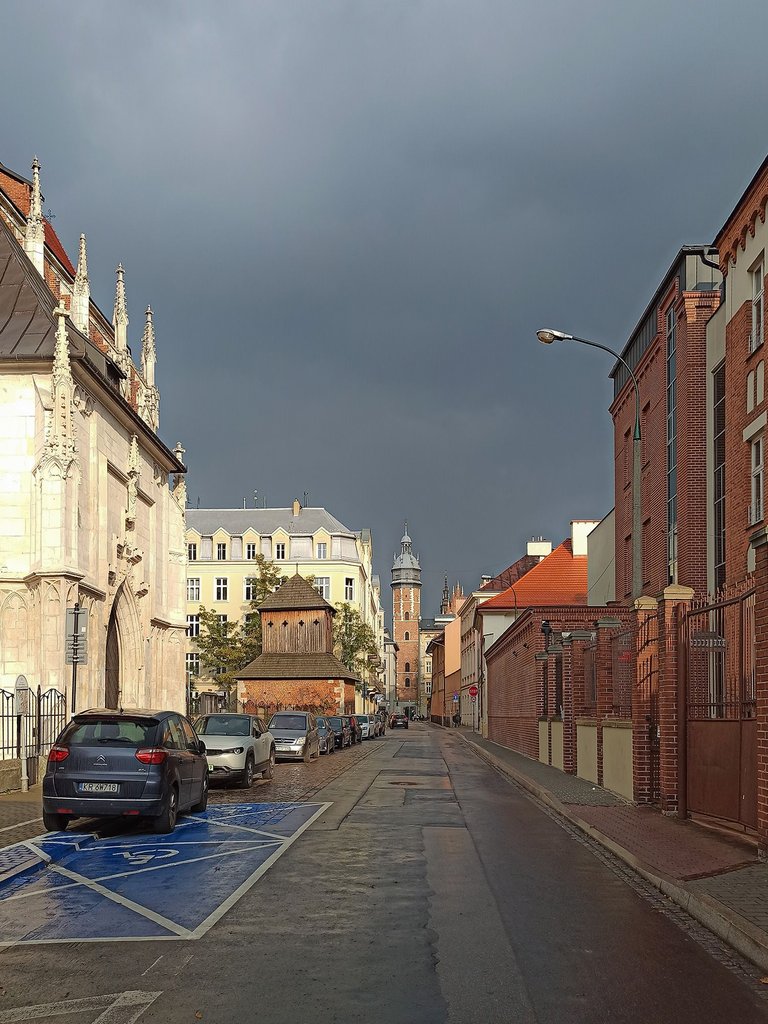
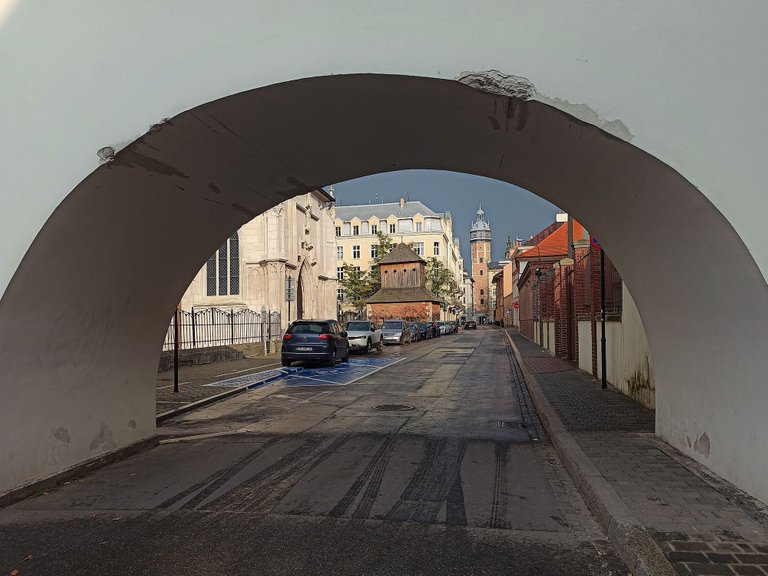

The street leads to the Pauline monastery and the church Na Skałce (en: on The Rock). Few tourists venture into this alley, but I bet many of them have seen this sacred complex from the Vistula side. Located not far from the Wawel Royal Castle, walking along the boulevard on the right side of the river, it is impossible not to notice it.
The church from the side of the Vistula River - a photo from February this year.
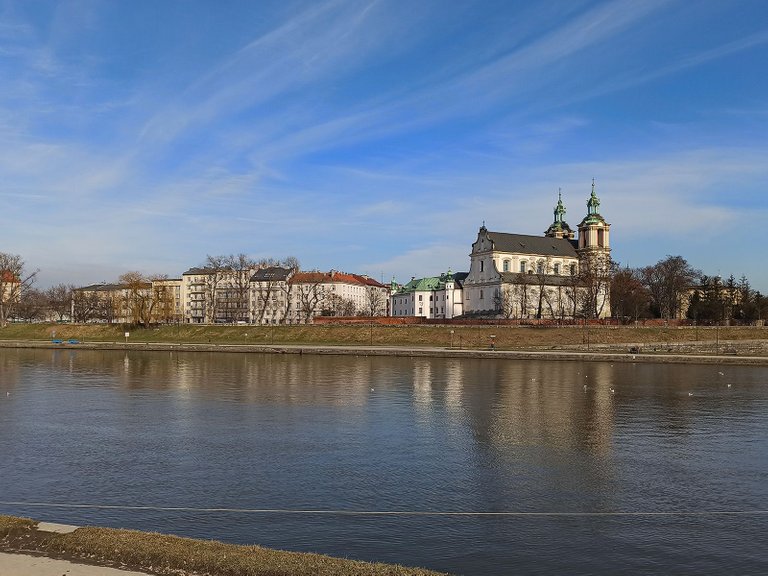
The site where the church now stands has a rich history. Due to its ideal location, the first human settlements were established here as early as 4,000 years ago. It can be said that the high limestone rocks by the Vistula River (Wawel was built on one of them) are the cradle of Cracow.
Skałeczna Street leads to an ornate gate through which you enter the monastery area - you can walk freely here.
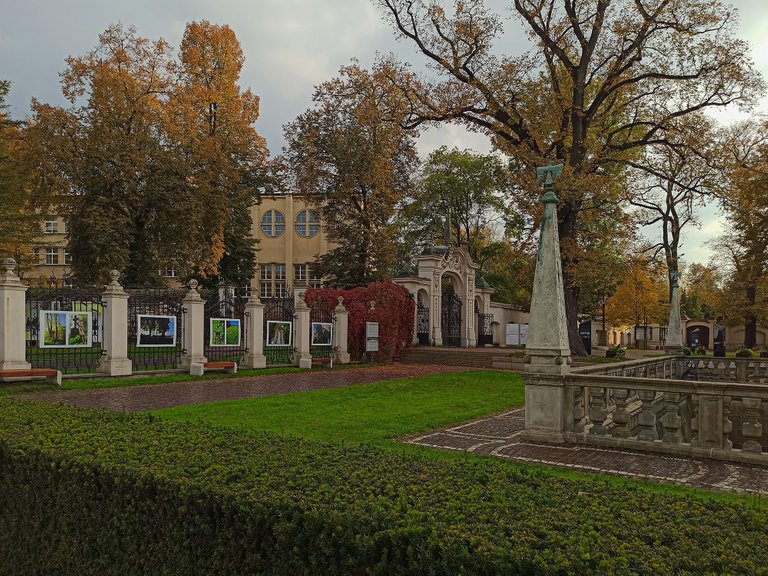

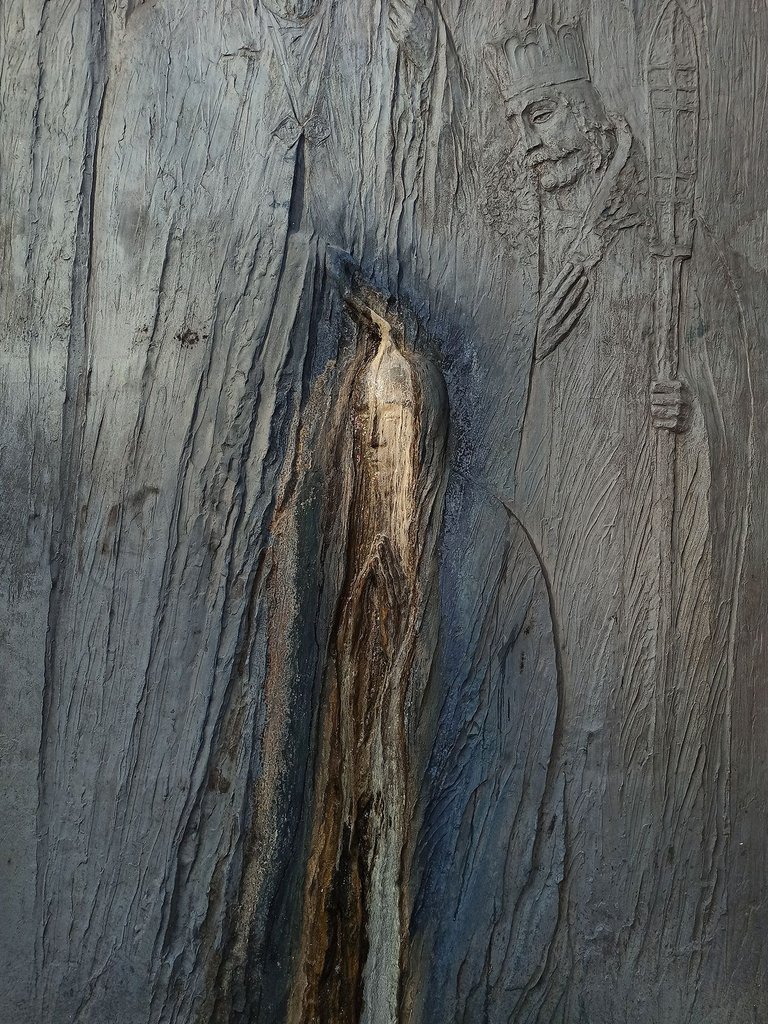
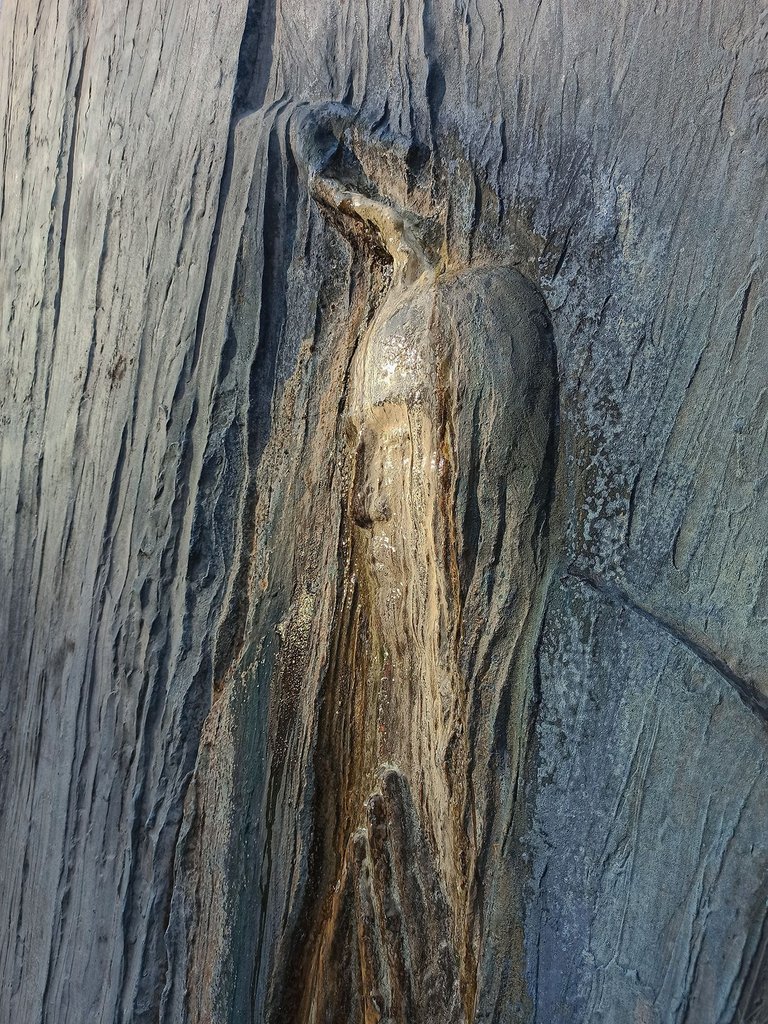
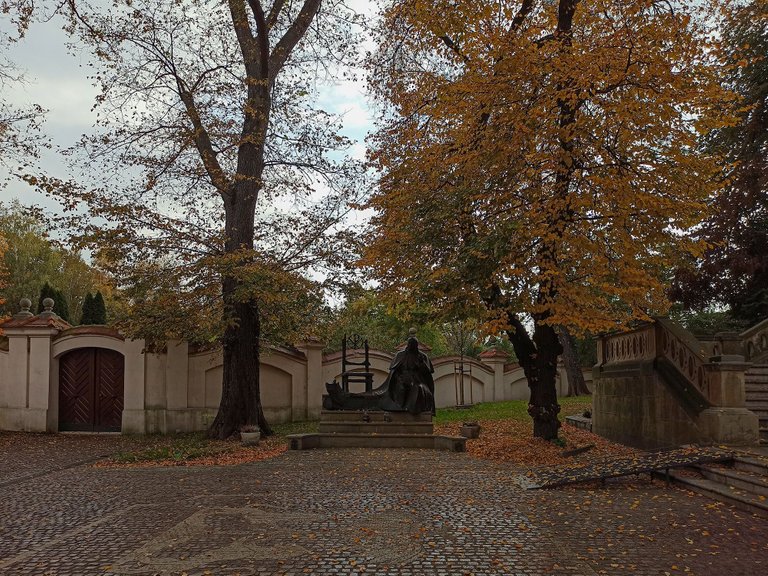
When I was here the first time, I was most impressed by the historic St. Stanislaus Pond.
There was a natural reservoir here, and it had been an object of pagan worship for thousands of years. Later it was "taken over" by Christians, and they added their legend to it. The pond was encased in stone at the end of the 17th century. In this form we can admire it to this day.
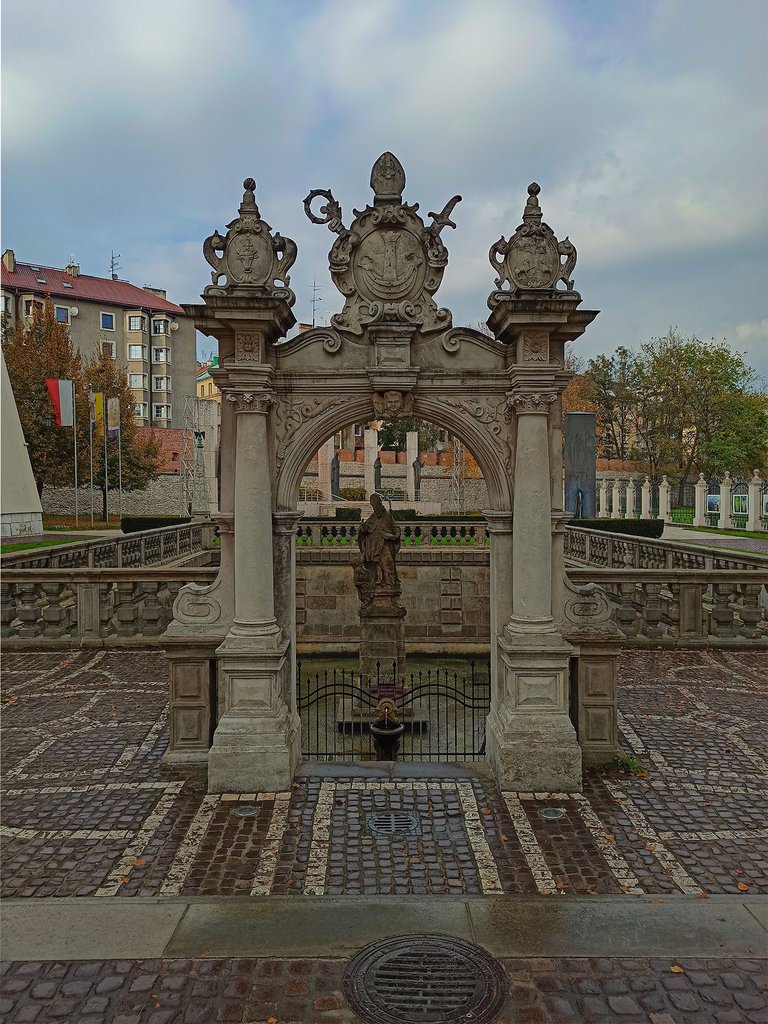
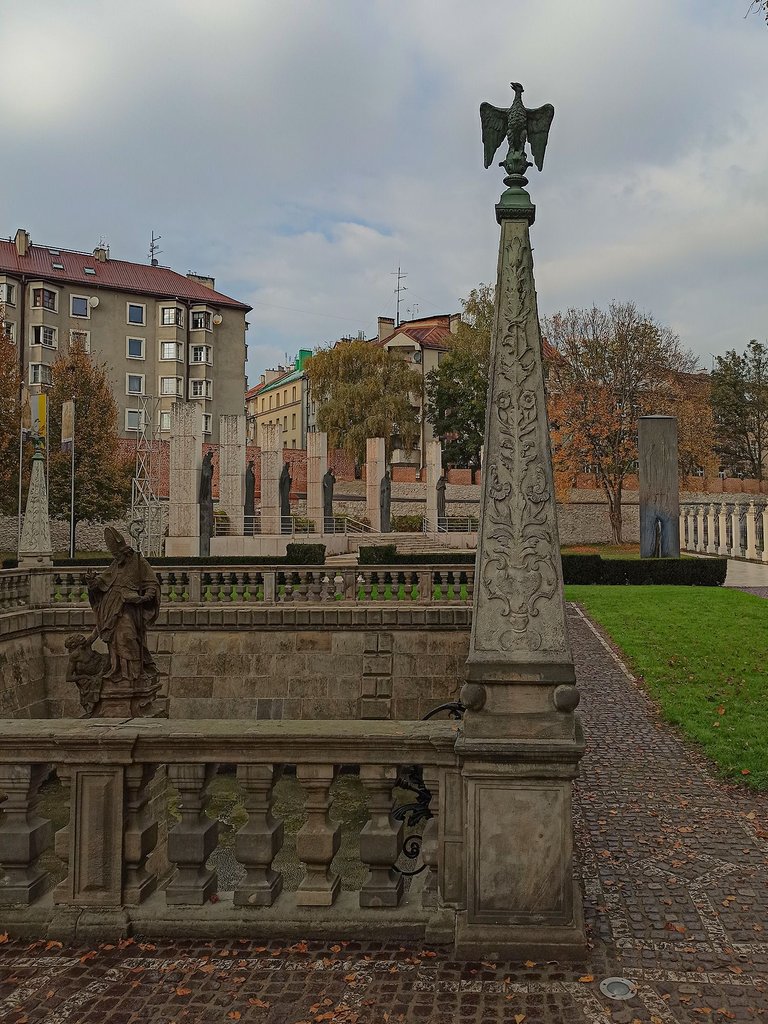
In the 19th century, the course of the river was changed, the surrounding land was drained, and the city's sewer system was built, causing the pond to dry up. Almost 120 years ago, in search of an alternative water source, engineers drilled a well to a depth of almost 70 meters. They installed a system that pumps underground water into the pond. It turned out that the water from the well was extremely rich in minerals, so they built also a spring with healing drinking water. The faithful believe it has miraculous properties. I have not drunk it - it smells foul due to the hydrogen sulfide.
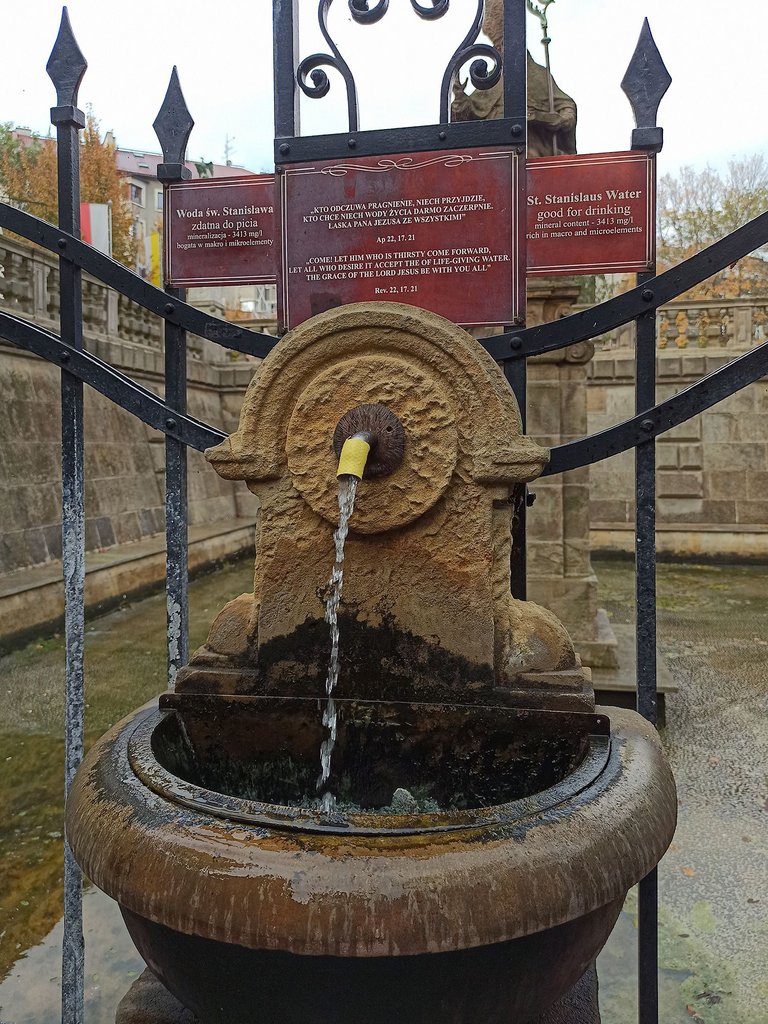
Let's move on. You can slip out of the courtyard through a side gate.
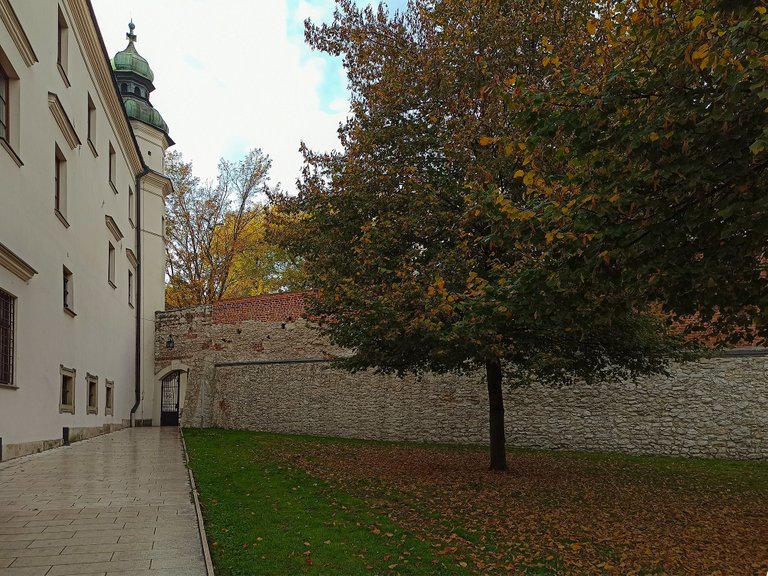
One last glance from the neighboring street at the church - you can see a hovering observation balloon moored on the other side of the Vistula.
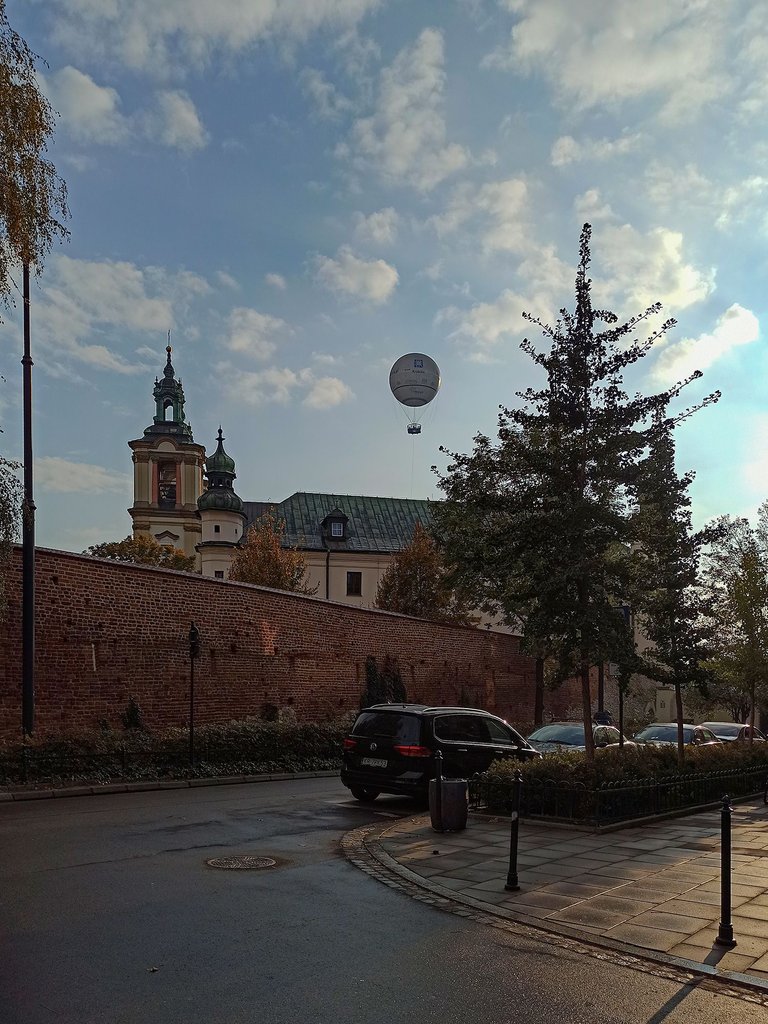
Let's walk to a few more corners I love to visit, regardless of the season.
Until the beginning of the 19th century, Kazimierz was an independent town, so it had its market square (today Wolnica Square) and town hall. The former town hall building now houses an ethnographic museum.
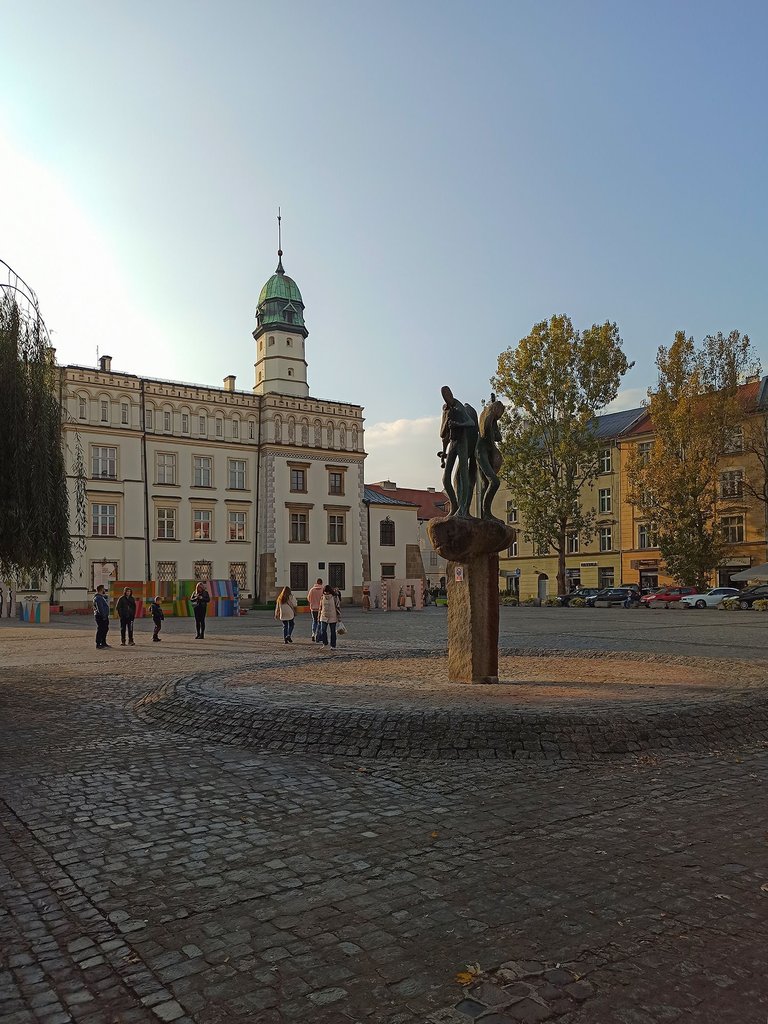
A peaceful walk around the Basilica of Corpus Christi. We walk on the grounds of the old parish cemetery, which surrounded the church until the end of the 18th century.
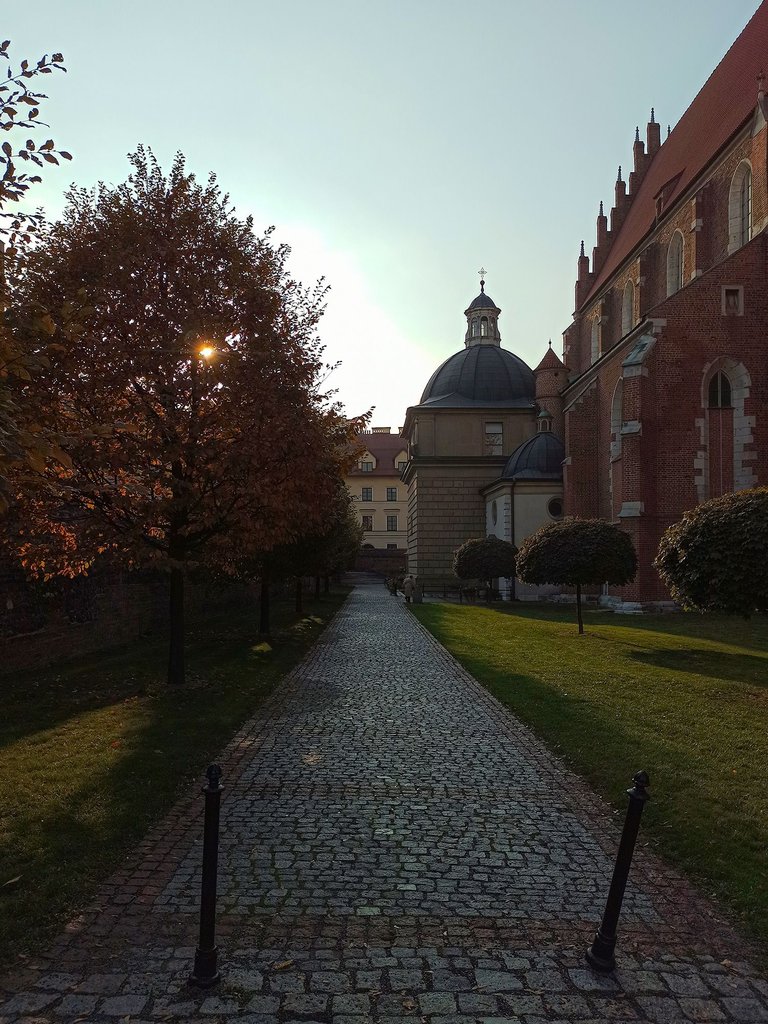
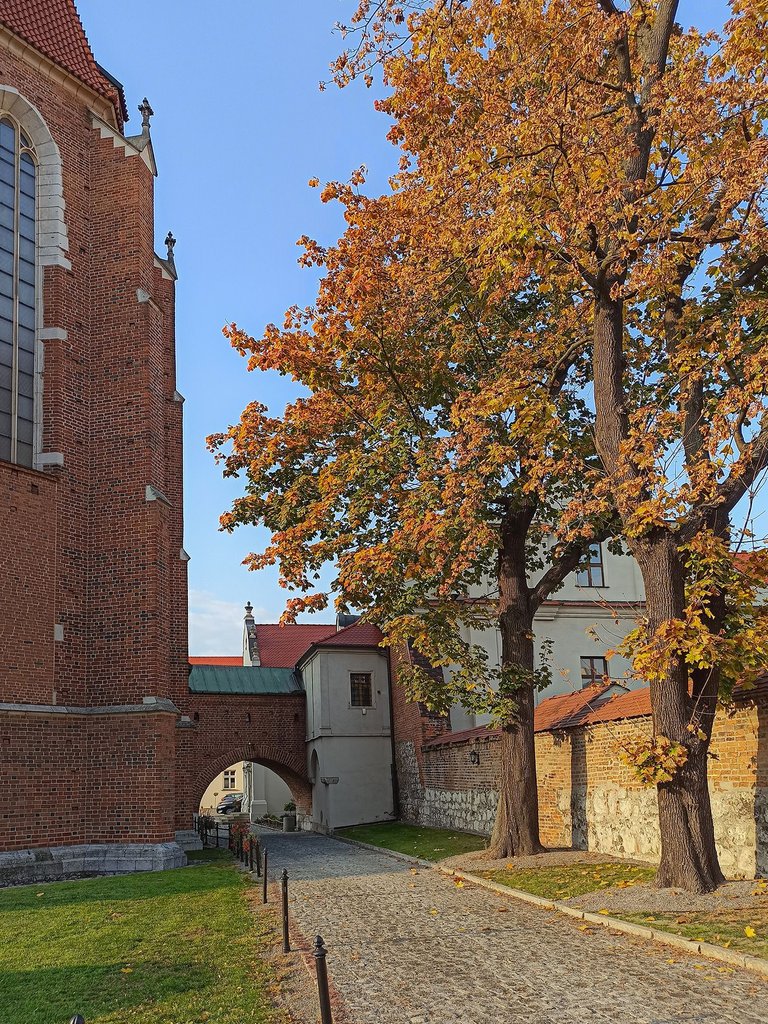
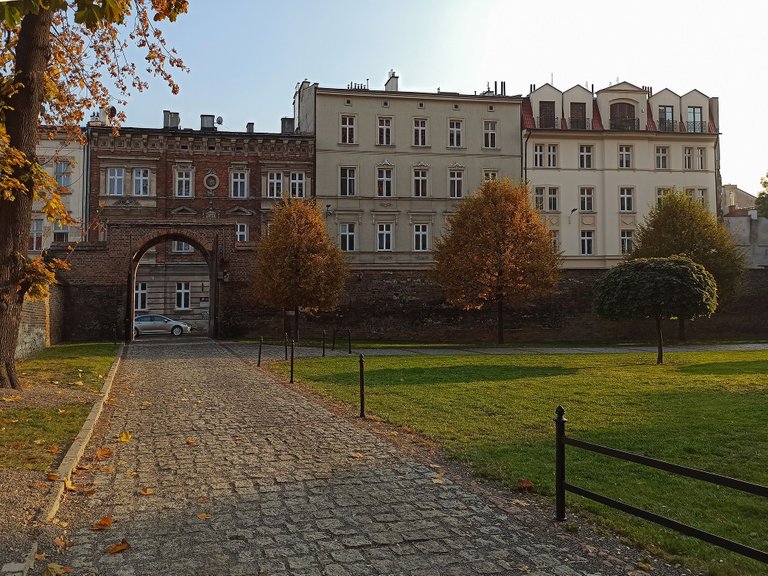
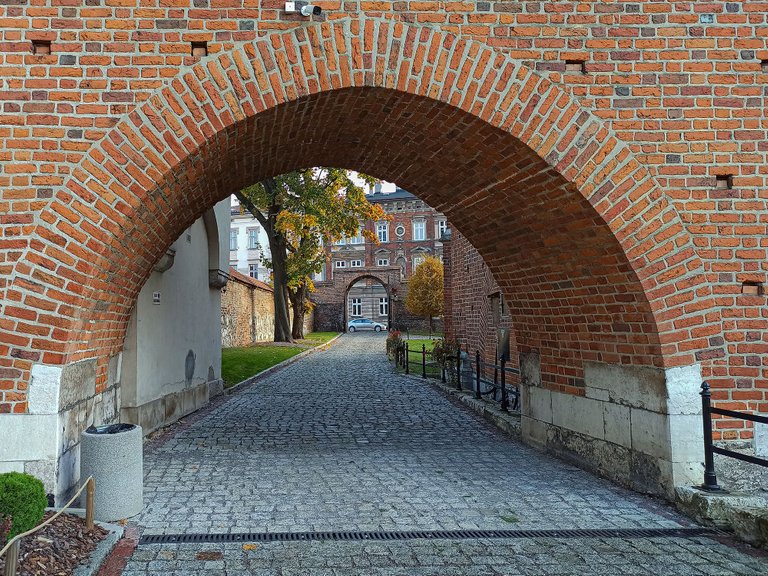
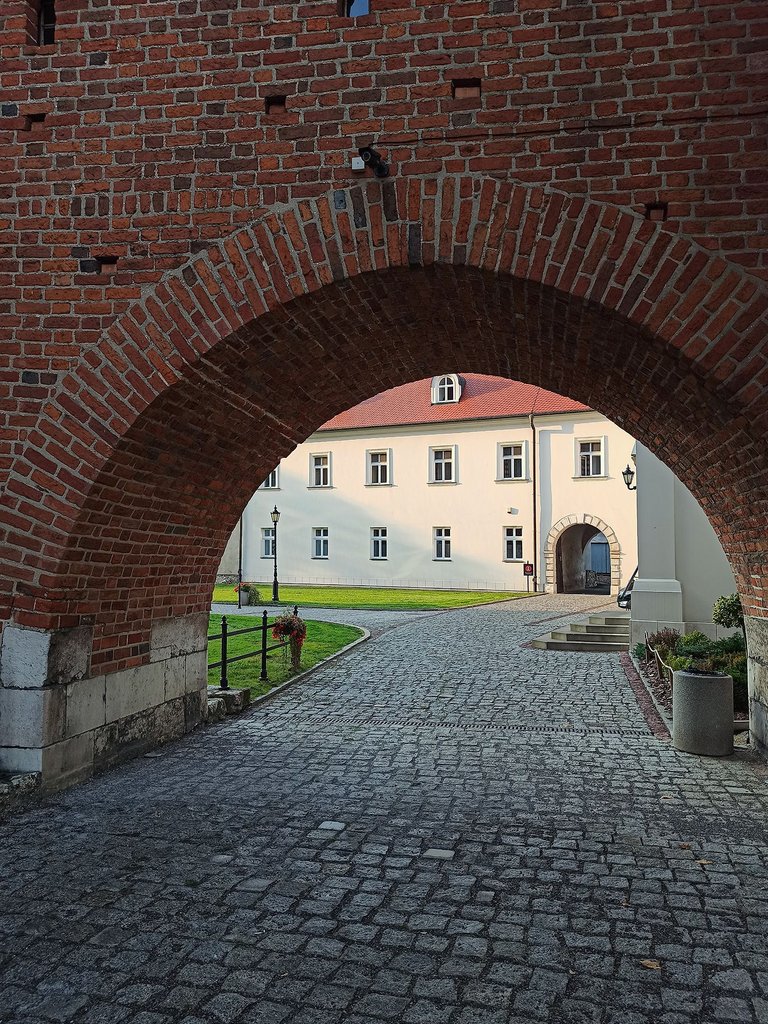

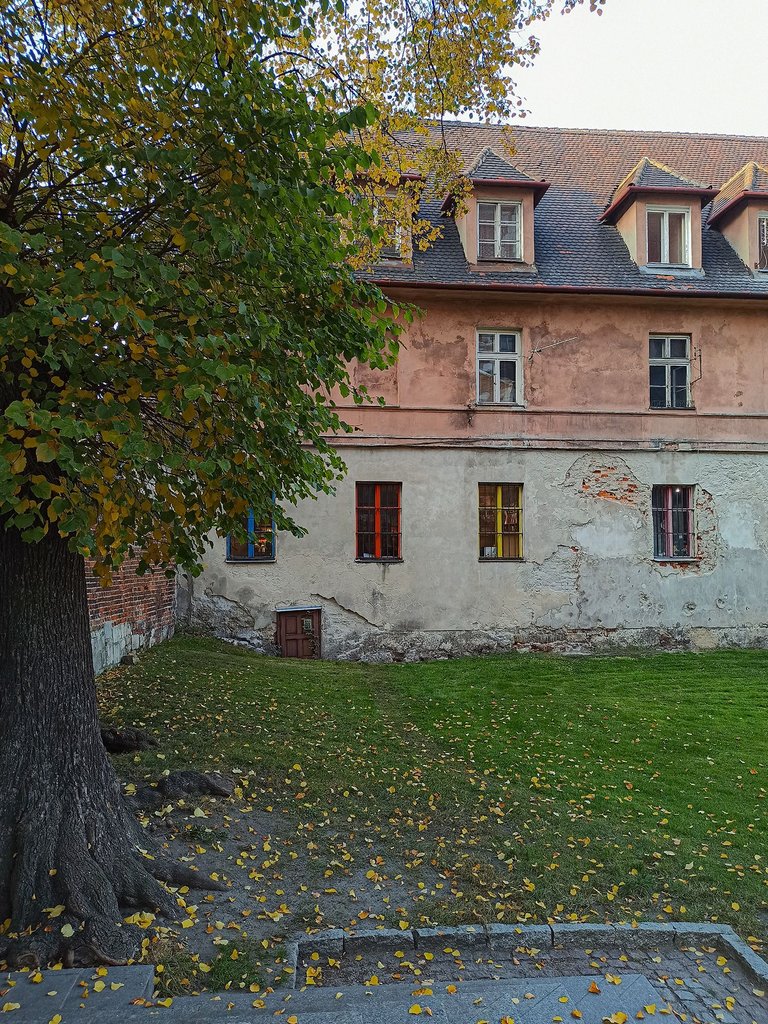
A place I look into whenever I'm in Kazimierz - the passage between Józefa and Meiselsa Streets. Since the 1990s, it has been called the Schindler's List Passage because some scenes for the film were shot here.
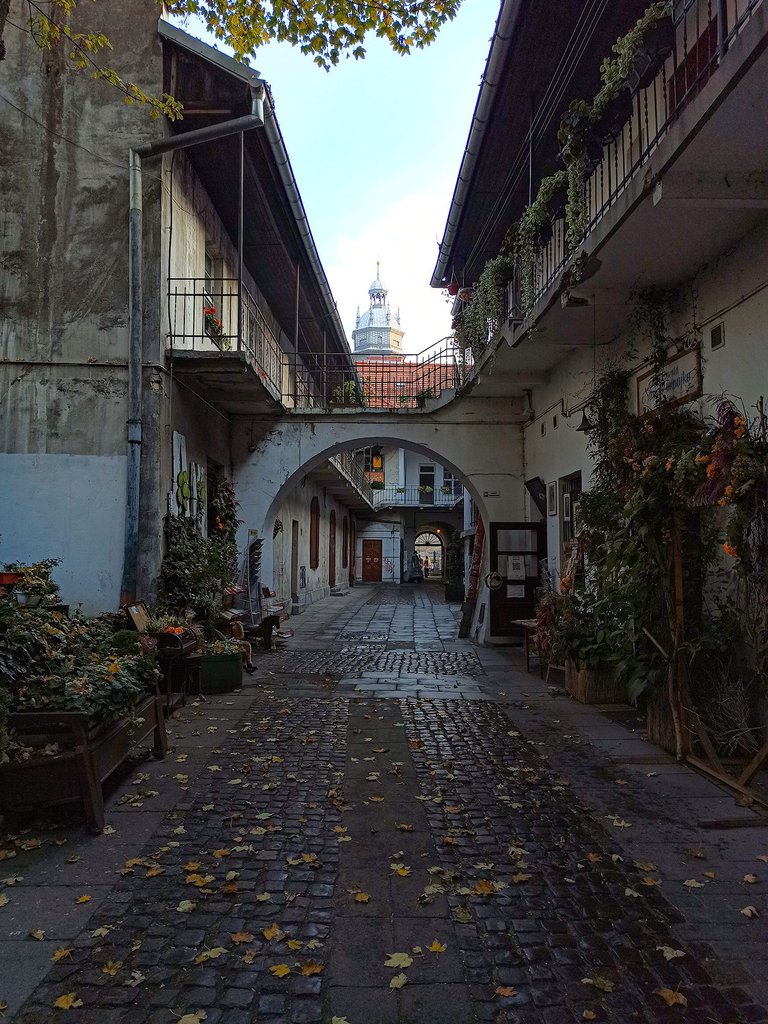
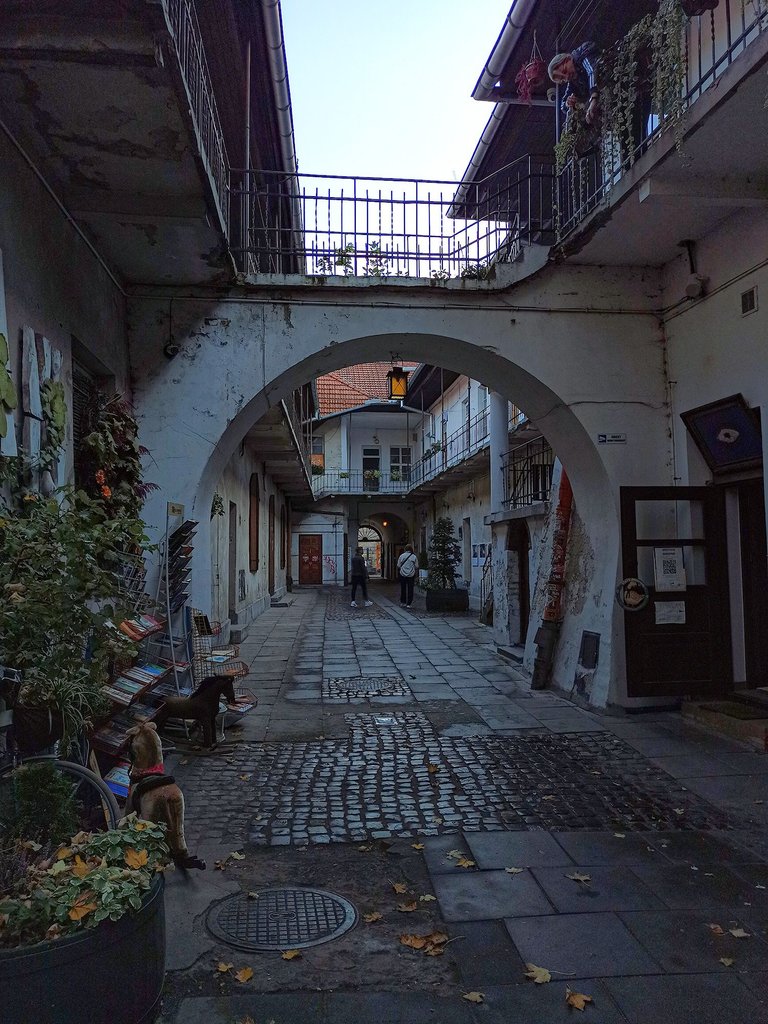
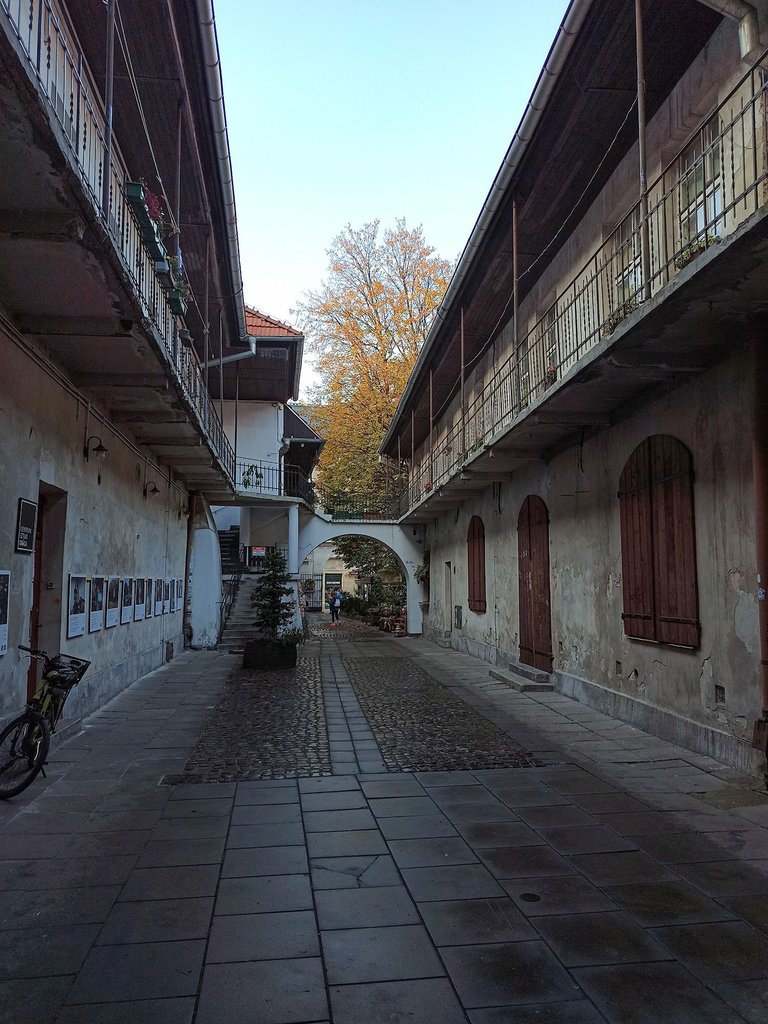
Kazimierz is full of contrasts. It's good that the former Jewish quarter is alive and developing - we can see more and more renovated tenements and modern restaurants besieged by tourists. I, however, love those parts of it that take me back in time. They are the ones that preserve the spirit of the place for future generations.
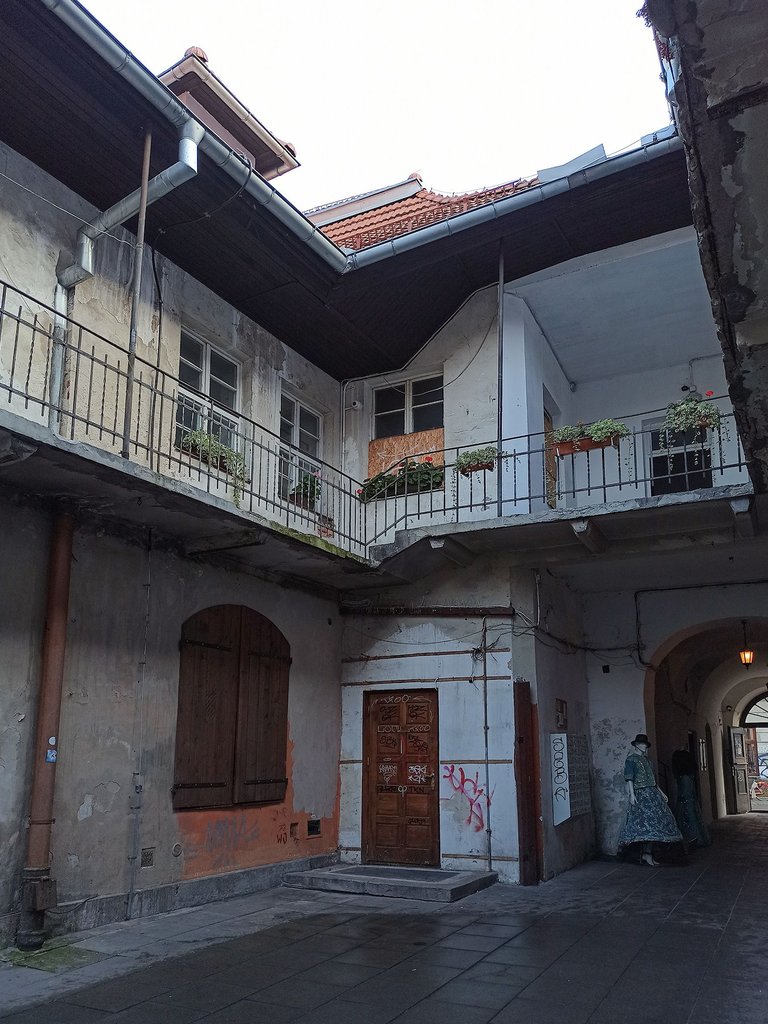
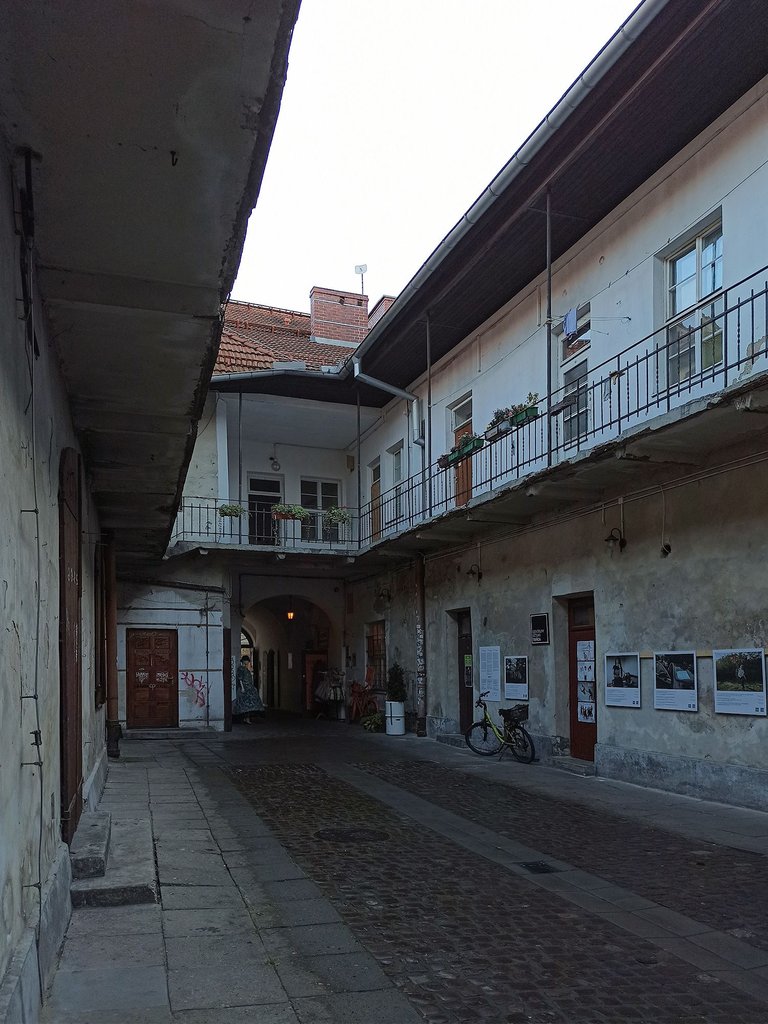
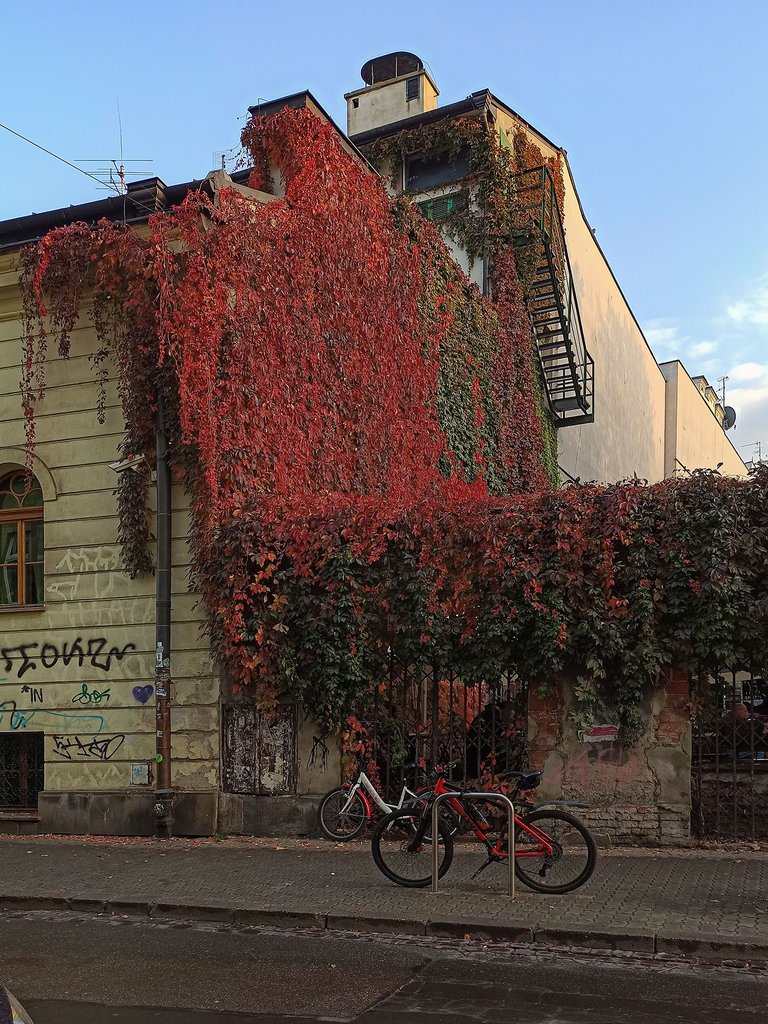
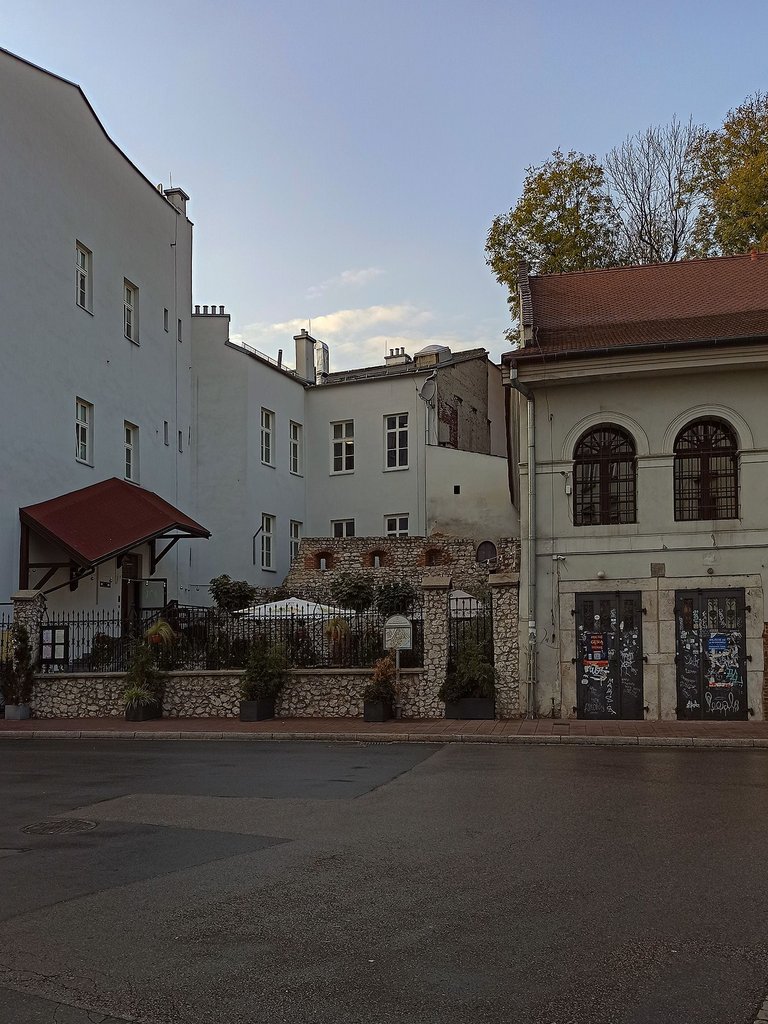
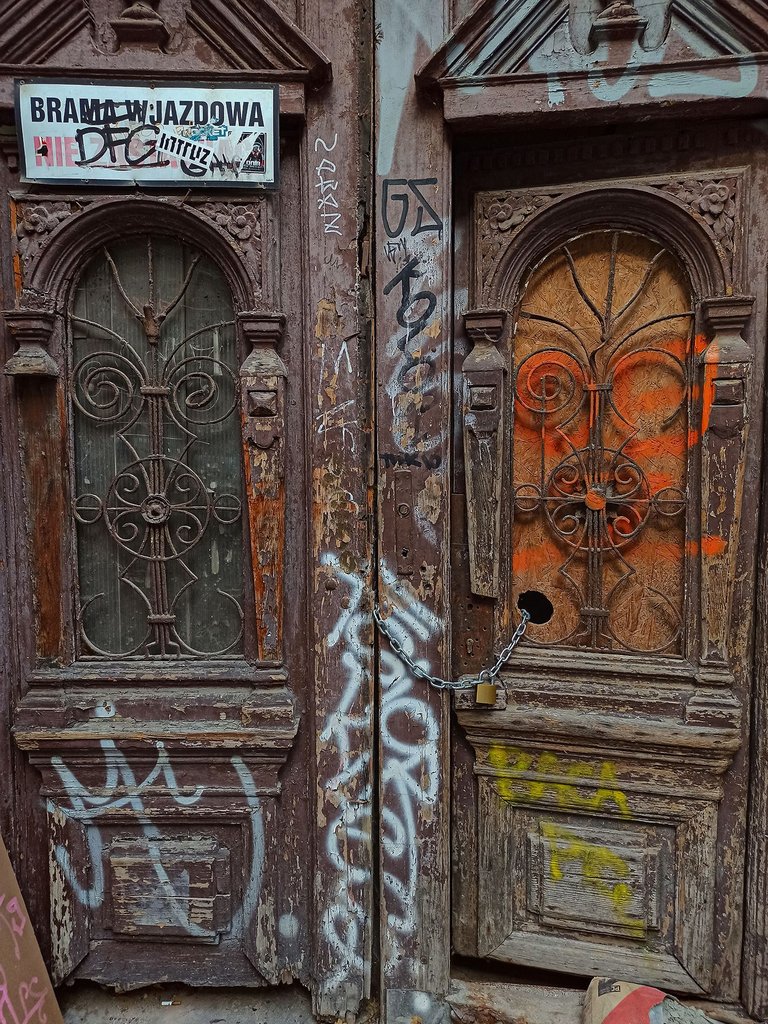
I love places where I can feel a connection to the past. They don't have to be perfect or beautiful, just authentic.








